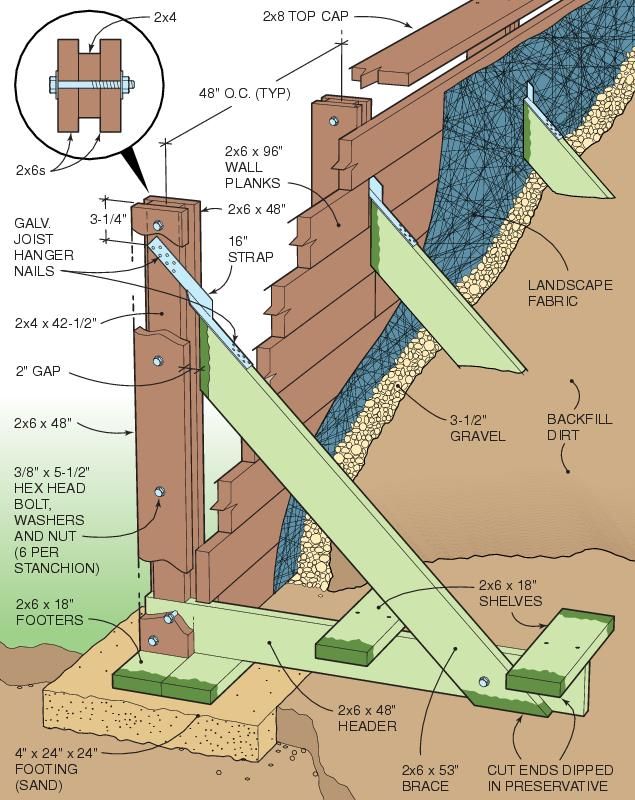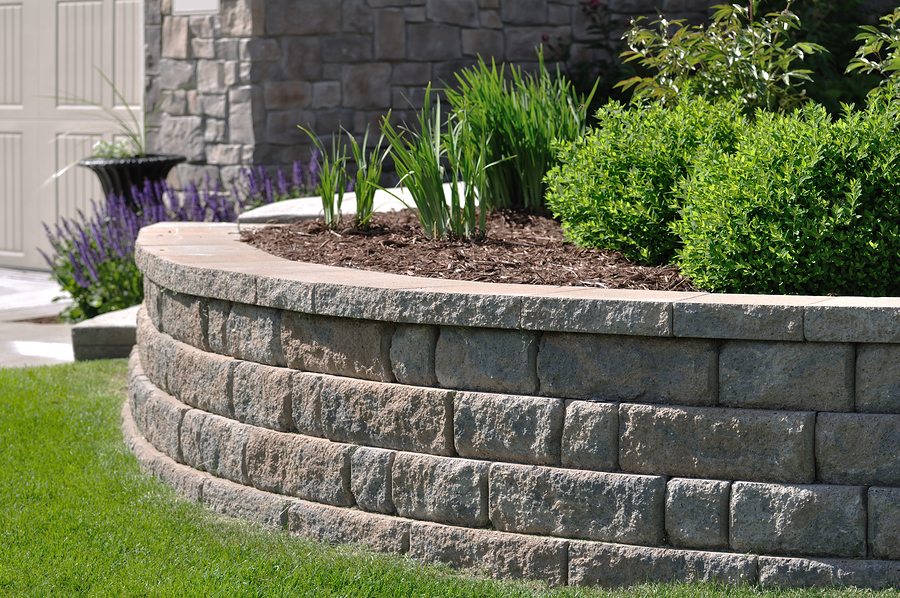You can build retaining walls to protect your structure from erosion, to keep out intruders or natural disasters, as well as for aesthetic and functional reasons. Retaining walls are an important part in landscape planning because their primary function is soil stabilization and protection. But many people don’t realize their importance or that they require careful design to maximize their benefits while minimizing their negative impacts. It will help you make the best landscaping decisions.
Retaining Walls Construction Options
First, assess the purpose of the retaining walls. Are you planning to use them for privacy or separation, covering, and/or other functional purposes? Evaluating your retaining walls in this manner will help you make decisions about materials and design that are in accordance with the specific goals you have in mind.
Retaining Walls Construction Options
It is important to choose the right size, shape, or configuration for your retaining walls. As a rule of thumb, structures that are designed to block sunlight from the outside should be smaller than those intended for privacy. It is possible for a structure to become brittle or to deteriorate if it is exposed to the sun. Similar to the above, the amount of snow you need to cover should dictate the design of the walls. Sunlight blocking structures need to be designed in such a way as to prevent ice from forming on the foundation’s exterior.
Retaining Walls Construction Options
Climates can vary greatly depending on where you live and may require different materials for construction. While walls made from concrete or stone can be very expensive, fiberglass is more affordable and can be built in a variety of ways. It is important to understand the unique requirements of your property and ensure your design fits within that climate. A local expert can help you decide which material would be best for you.
If you are building a retaining walls that will be used for decoration purposes, you should budget less on design and construction. It is possible to customize retaining wall designs to suit your needs. You can choose from a variety of different concrete panels, concrete lintels, wood panels, vinyl panels, or even concrete forms to create a customized wall plan.
When building retaining walls, it is important to make sure they last for many years. These structures are usually built with the expectation that they will be used for many decades. Unfortunately, harsh weather can take their toll, and eventually these walls will need to be repaired or replaced. Fortunately, there are many options available to you when it comes to repairing or replacing these structures.
You have the option to choose from standard options, such as concrete panels or masonry. But you also have the option to use green options when building your retaining wall. Retaining walls made from environmentally friendly materials is a recent trend. These materials include concrete, bricks, and even native plants. These structures not only look better, but they also retain more moisture, which is vital if your yard is to be maintained beautiful all year.
It doesn’t matter what material you choose, it is important to research the options available in your area. There are many options, even though concrete is the preferred material for most homeowners. Talk to your local professional to find out the best materials and most attractive designs for retaining wall. You’ll be pleasantly surprised at the number of options you have when it comes building these structures.
